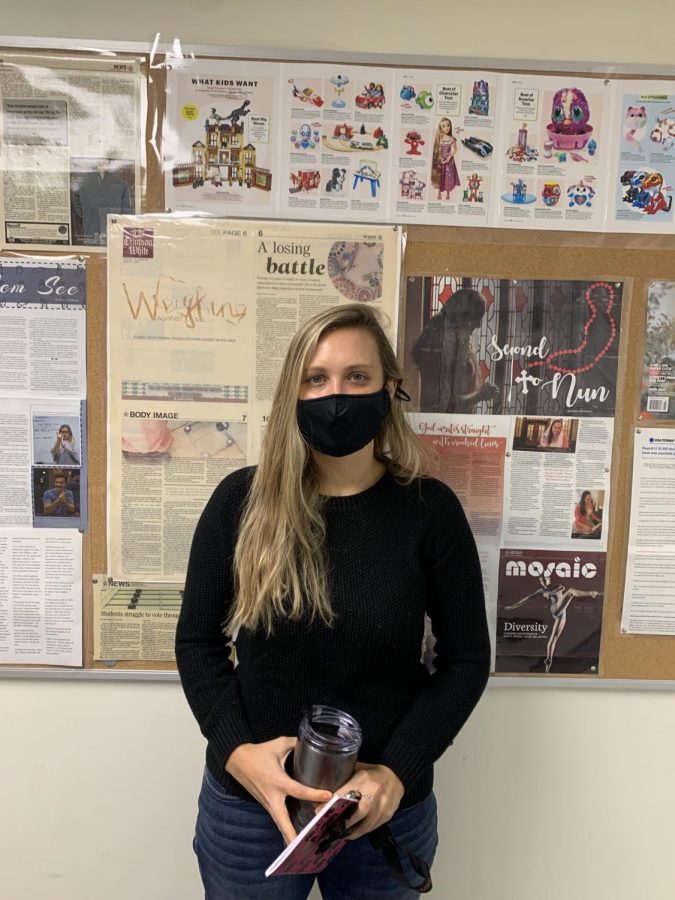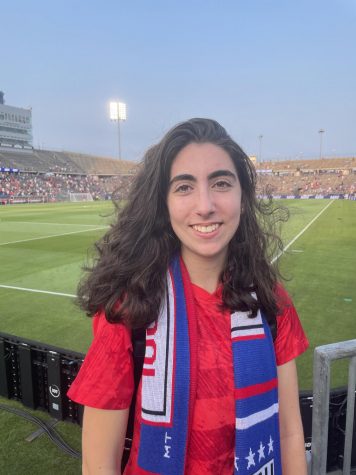How SHS Students are Adjusting to the Challenges of New Learning Models
Social Worker Kate Olson says “everyone has to do what they’re comfortable with because a lot of people have different situations.”
November 10, 2020
Since announcing the plans for the 2020-21 school year in response to Covid-19, Stamford Public School students have been adjusting to the two new school systems, the hybrid model and the Distance Teaching and Learning Academy, as well as learning to deal with the mental health effects of these completely new forms of school.
The first major stressful decision for most families was determining whether to sign up for remote learning or the hybrid model, which would include being in a public school building during an unpredictable pandemic. School social worker Kate Olson explains that “everyone has to do what they’re comfortable with because a lot of people have different situations”.
These different situations and perspectives are evident when speaking with students in the DTLA and the hybrid model about the reasons why they chose each option. For students that live with grandparents, babies, or relatives with health concerns, potentially bringing Covid-19 into their home environment by attending in-person school was a reason why they chose the DTLA over the hybrid model. One junior in the DTLA remarks that “the possibility of the district closing” mid-year and creating a “stressful, confusing, and chaotic experience similar to the one everyone had in March” was a factor in her decision to remain at home this year. When referencing why she chose in-person learning, junior Emma Mancini says, “You had to go to [school to] take certain classes,” and she signed up for the hybrid model despite being “nervous at first” about the crowds. For many students, the ability not to take certain classes and being separated from their friends swayed their decision to return to in-person learning this fall.
For all the anticipated challenges with returning to school this year, students in the building and at home have been adapting and seeking positives in their new routines. Olson expected that “students coming back to school might have felt a little nervous from being out of school for so long because being out of a routine often can breed some anxiety about getting back into the routine.” The first few days of school were definitely odd, considering everyone was suddenly less recognizable and unfamiliar protocols were put in place all around the school. However, reflecting on her experience so far coming into school half the time during this fall, Mancini notes the positives, “It was not as bad as I thought it was going to be, it wasn’t as scary as everyone was thinking. I was nervous at first and preparing myself to stay away from a lot of people, but now it is normal again.”
In the spring of 2020, when everyone was learning at home, many people struggled to carve out a daily routine. Students in the DTLA have now committed themselves to finding a routine at home for this fall semester. Charlie Schwartz, a Westhill student in DTLA who has found herself taking classes with Stamford High teachers and students, explains that it was stressful at first to find a routine and adjust to the new form of learning. However, after several weeks, she has found a routine that gives her increased flexibility throughout the day. She notes that a “support system” has formed between the Westhill and Stamford High students that are in classes together for the first time. To make online learning less stressful, they have created a group chat to discuss what is going on in their classes, and she notes that more class comradery is beginning to form between students and teachers in the DTLA.
Independent of school, 2020 has been an overwhelmingly stressful year for many people. In regards to these new forms of learning in the SPS this fall, school social worker Joann Carde acknowledges, “Even though we are back, we’re not really back, almost relearning how to go to high school… like every grade is experiencing that freshmen craze.”





